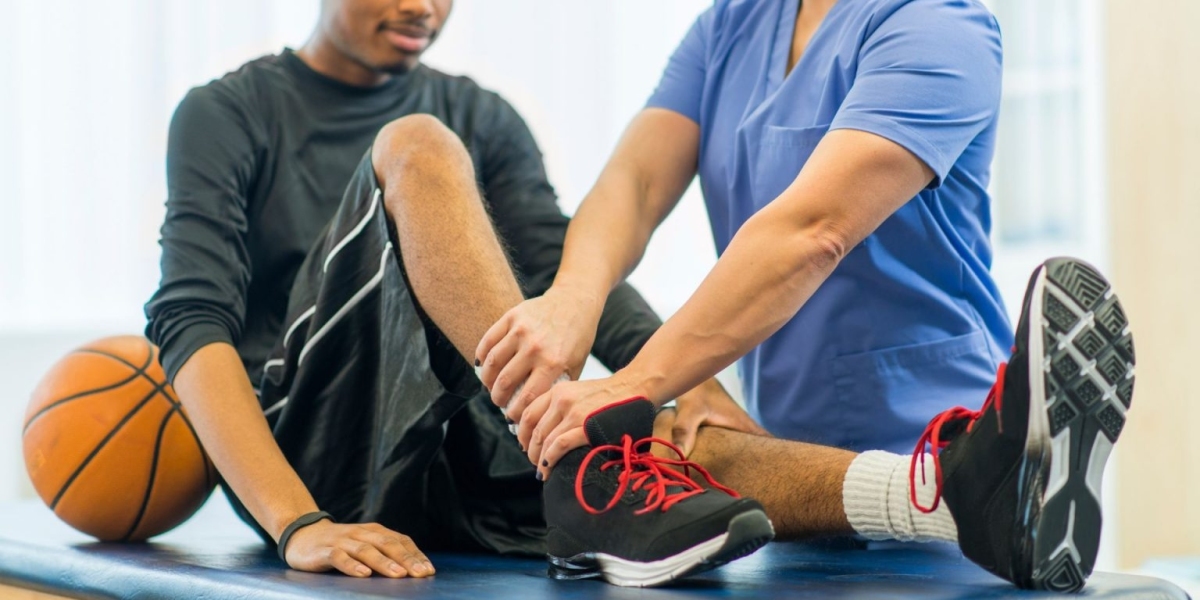Sports physical therapy is a specialized field focused on the prevention, treatment, and rehabilitation of injuries related to sports and exercise. This article explores the essential aspects of sports physical therapy, providing valuable insights into its benefits, techniques, and the role it plays in an athlete's recovery and performance enhancement.
Types and Categories
Prehabilitation
Prehabilitation focuses on preventing injuries before they occur.
Injury Prevention
Customized programs are designed to strengthen muscles and improve flexibility, reducing the risk of injuries.
Conditioning Programs
These programs enhance overall athletic performance by focusing on strength, endurance, and agility.
Rehabilitation
Rehabilitation is essential for recovering from injuries and returning to sports activities.
Post-Injury Recovery
Individualized treatment plans help athletes recover from injuries such as sprains, strains, and fractures.
Post-Surgical Rehabilitation
Following surgery, specific rehabilitation protocols are implemented to restore function and strength.
Common Sports Injuries
Understanding common sports injuries helps in recognizing and addressing them promptly.
Acute Injuries
Sprains and Strains
Sprains involve ligament injuries, while strains refer to muscle or tendon injuries, often caused by sudden movements or overexertion.
Fractures
Fractures, or broken bones, occur due to high-impact collisions or falls.
Chronic Injuries
Tendinitis
Tendinitis is the inflammation of tendons, typically caused by repetitive movements.
Stress Fractures
Stress fractures are tiny cracks in bones due to repetitive force, often seen in endurance athletes.
Symptoms and Signs
Recognizing the symptoms and signs of sports injuries is crucial for timely intervention.
Acute Injury Symptoms
Sudden, severe pain
Swelling and bruising
Inability to move the affected area
Chronic Injury Symptoms
Persistent pain during activity
Gradual onset of discomfort
Swelling and tenderness
When to Seek Physical Therapy
Seek physical therapy if you experience prolonged pain, difficulty in performing activities, or if an injury impacts your daily life.
Causes and Risk Factors
Identifying the causes and risk factors of sports injuries can aid in their prevention.
Overuse
Repeated stress on muscles, tendons, and bones can lead to overuse injuries.
Poor Technique
Incorrect form and technique increase the risk of injuries.
Inadequate Conditioning
Lack of proper conditioning can lead to muscle imbalances and increased injury risk.
Diagnosis and Tests
Accurate diagnosis is essential for effective treatment.
Initial Assessment
A thorough assessment by a physical therapist includes a medical history review and a physical examination.
Imaging Tests
X-rays
X-rays help detect fractures and bone abnormalities.
MRI Scans
MRI scans provide detailed images of soft tissues, aiding in the diagnosis of ligament, tendon, and muscle injuries.
Functional Assessments
Functional assessments evaluate an athlete's movement patterns and identify areas of weakness or imbalance.
Treatment Options
Sports physical therapy offers various treatment options tailored to the specific needs of athletes.
Manual Therapy
Massage
Massage therapy helps reduce muscle tension, improve circulation, and enhance recovery.
Joint Mobilization
Joint mobilization techniques restore mobility and reduce pain.
Therapeutic Exercises
Strength Training
Strength training exercises target specific muscle groups to improve strength and stability.
Flexibility Exercises
Flexibility exercises enhance range of motion and reduce the risk of injuries.
Modalities
Ultrasound Therapy
Ultrasound therapy uses sound waves to promote tissue healing and reduce pain.
Electrical Stimulation
Electrical stimulation helps in pain relief and muscle re-education.
Preventive Measures
Preventive measures are crucial in reducing the risk of sports injuries.
Proper Warm-Up and Cool-Down
Warming up before and cooling down after activities help prepare muscles and prevent injuries.
Strength and Conditioning Programs
Regular strength and conditioning programs improve overall athletic performance and reduce injury risk.
Correct Technique and Form
Learning and maintaining proper technique and form are essential in preventing injuries.
Personal Stories or Case Studies
Personal stories and case studies provide real-life insights into the impact of sports physical therapy.
Success Stories
Athletes share their experiences of overcoming injuries and returning to their sports with the help of physical therapy.
Challenges and Solutions
Case studies highlight the challenges faced by athletes during their recovery and the solutions provided by physical therapists.
Expert Insights
Expert insights offer valuable perspectives on sports physical therapy.
Quotes from Physical Therapists
Physical therapists share their expertise and tips on preventing and managing sports injuries.
Advice from Sports Medicine Professionals
Sports medicine professionals provide advice on optimizing performance and reducing injury risks.
Conclusion
Sports physical therapy plays a vital role in the health and performance of athletes. By understanding the types of injuries, recognizing symptoms, and implementing effective treatment and preventive measures, athletes can enhance their performance and reduce the risk of injuries. This guide serves as a comprehensive resource for anyone looking to benefit from sports physical therapy.









